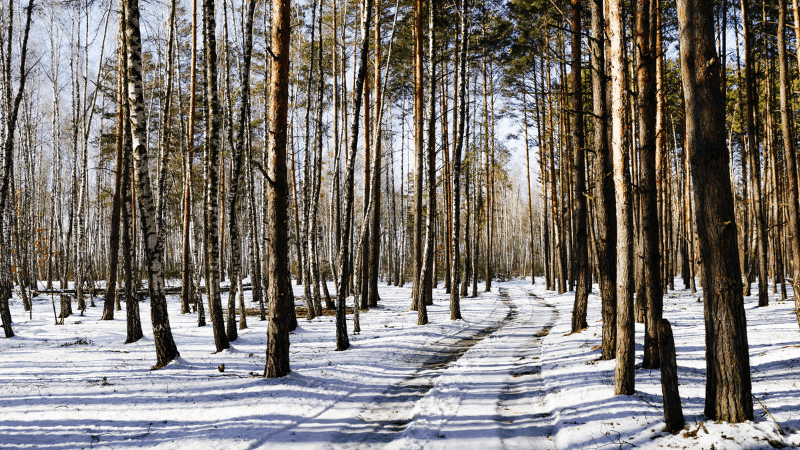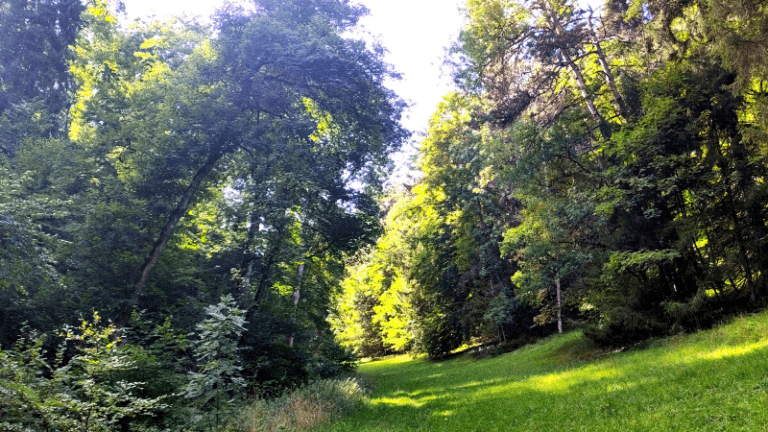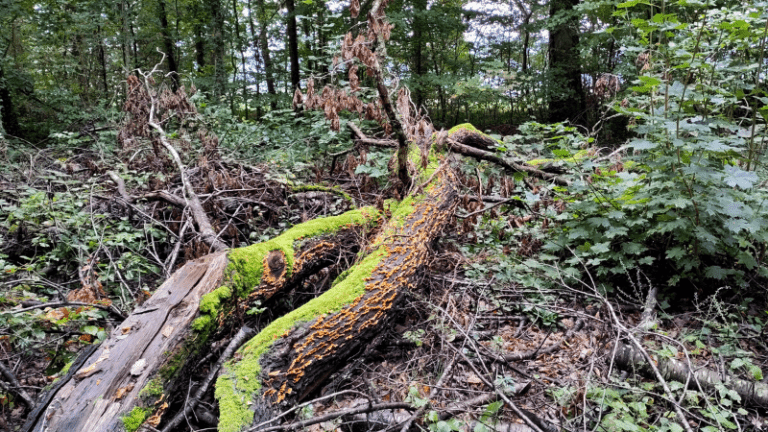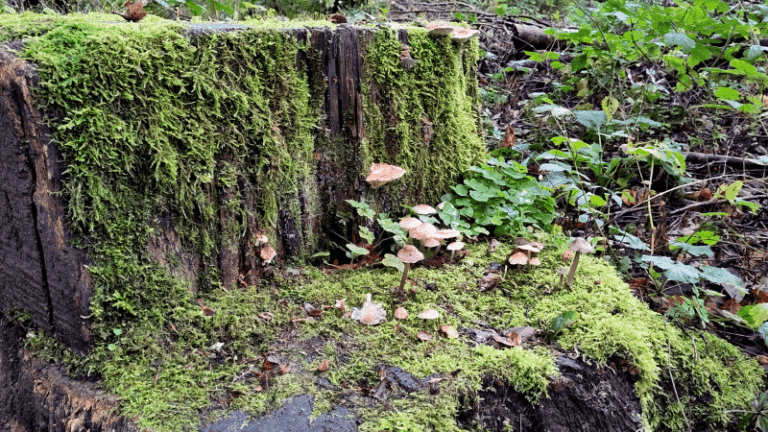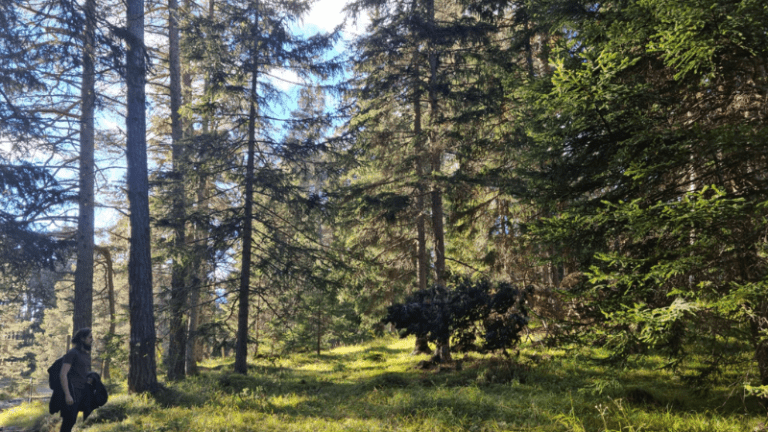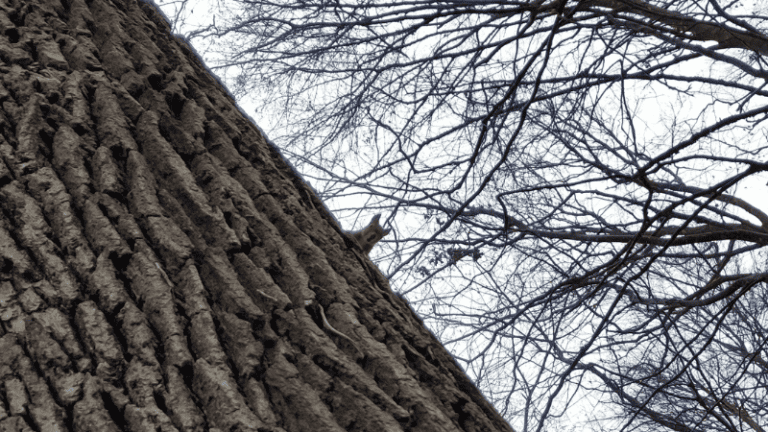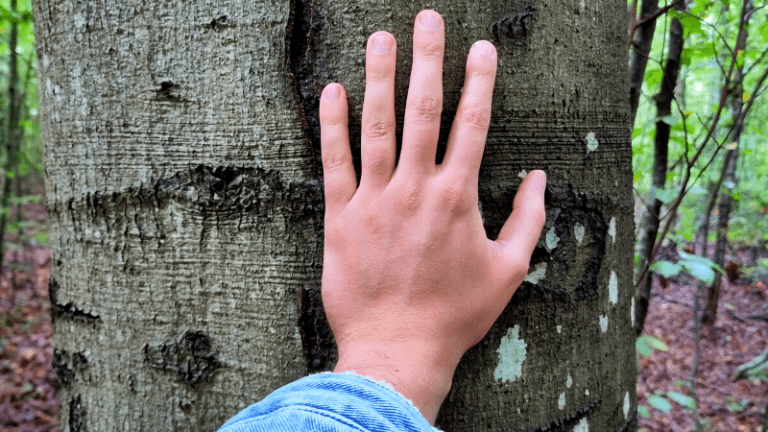Forest bathing: The Best Way to Enjoy Shinrin Yoku in Any Season
Shinrin Yoku, forest bathing, is a practice that can be done at any time of year. However, each season has its own characteristics that make it the perfect time for forest bathing. In this article, we will go over the specifics of spring, summer, fall, and winter Shinrin Yoku. We also answer some frequently asked questions about this activity in each season. Whether you're just getting started with forest bathing or looking for new ideas to spice up your practice, read on to learn how to get the most out of Shinrin Yoku in every season!
What forest bathing actually is, we discuss here in detail:
Shinrin Yoku: What is forest bathing and the benefits of trees?
What is the best season for Shinrin Yoku/forest bathing?
The best season for Shinrin Yoku is summer, because at this time the production of terpenes and phytoncides in trees is at its highest. Terpenes are aromatic compounds released by plants that have been shown to have numerous health benefits.
Phytoncides, on the other hand, are antimicrobial compounds that can improve the function of our immune system.
At 30°C, phytoncide saturation in the air is typically highest.
At what time of year are the health benefits greatest?
As mentioned above, phytoncide saturation is highest in the warm season. However, the health benefits of Shinrin Yoku are also very high in spring and autumn. This is because the trees are actively producing phytoncides at this time - even though the air cannot absorb as much of them. Therefore, these two periods come right after summer.
But does that mean that winter benefits are insignificant because most trees are dormant?
Not at all. Even in winter, forest bathing holds immense health-promoting potential. And even during this time, there's a decent amount of terpenes thanks to the conifers. We'll take a closer look at this special time of year later.
Phytoncides have been shown to improve the function of our immune system. So by enjoying Shinrin Yoku this time of year, we can help keep our bodies healthy and strong.
By the way, we also have tips for you, How to get the most out of forest bathing.
What is different in spring?
In spring, the weather is usually milder than in other seasons, so you don't need to wear as many layers of clothing - most people who swim in the woods dress in multiple layers at this time of year so they can adjust to the changing temperatures.
It is also a good time to go hiking or walking in the woods, as the leaves and flowers are just beginning to bloom. The fresh, floral scents of spring can be very refreshing and invigorating.
This is the best idea to do scent-based exercises/explorations. Just close your eyes and smell plants, trees, soil and flowers. Just make sure you don't touch any plants that you can't quite place.
What is different in summer?
Summer is the perfect time to enjoy all the benefits of Shinrin Yoku, as the trees produce high amounts of terpenes and phytoncides.
The forest is a great place to be when the sun is aggressive, as the trees provide natural shade and protection from UV rays - but you should still wear sunscreen, as the canopy is not complete protection.
In addition, it is important to drink enough during Shinrin Yoku at this time of year.
The heat of summer can also be a good time to try some mindfulness practices like yoga or tai chi in the woods.
If you want to combine your forest swim with a little adventure, you can go swimming in a nearby lake or river.
Oh, and depending on the region you're in: Watch out for ticks! They can be found in tall grass and bushes and can cause Lyme disease.
What is different in autumn?
Autumn is a beautiful time to enjoy Shinrin Yoku as the leaves on the trees change color. This season is also a good time to try new exercises in the forest, such as hiking or jogging, because it is not as hot as in the summer months and the air is not as cold as in winter.
Phytoncide production by trees is very high during this time (even though the air is not as saturated as in summer).
The cooler temperatures of fall can also be a nice break from the heat of summer.
The colorful leaves invite you to do some visual exercises. You can take turns looking at different objects in the distance, which has its own charm at this time of year.
Remember to dress in layers so you can adapt to the changing temperatures. And don't forget to pack a picnic to enjoy while you take in the fall scenery. Nuts are definitely a great snack for this time of year.
What is different in winter?
Winter is the time of year when we spend the least amount of time outdoors and therefore desperately need time in nature. This increased need is the reason why winter is still a good season for forest bathing.
Another reason why winter is a good time to enjoy Shinrin Yoku is that the air is usually very clean and fresh.
However, it is important to dress warmly as the temperature in the forest can drop significantly at this time of year.
You can also try other exercises, such as snowshoeing or cross-country skiing. Whatever you do, be sure to enjoy the beauty of the winter forest!
Another thing we want to point out:
When there is snow in the forest, it is a special atmosphere that you can experience in the forest. Since the texture of snow is sound absorbing, it can make you feel that you are in silence.
Winter is generally a good time of year for mindfulness activities because there are fewer people out and about compared to other times of the year.
In addition, the sunlight reflecting off the snow creates a special light that has a positive effect on our mood.
Just make sure you don't expose the plants. They need the snow to protect them from the cold. If you expose them at this time of year, it can harm or even kill them - which of course we don't want.
So there you have it! Shinrin Yoku is an exercise that you can do at any time of the year. Each season has its own special features that make it the perfect time to enjoy the forest. So get out there and enjoy the benefits of forest bathing any time of year!
What are your favorite activities during Shinrin Yoku? Let us know in the comments below! And be sure to check out our other blog post about ways to enjoy Shinrin Yoku in any season. Thanks for reading!
If you are looking for more background knowledge about the forest, we have this Articles for you.

